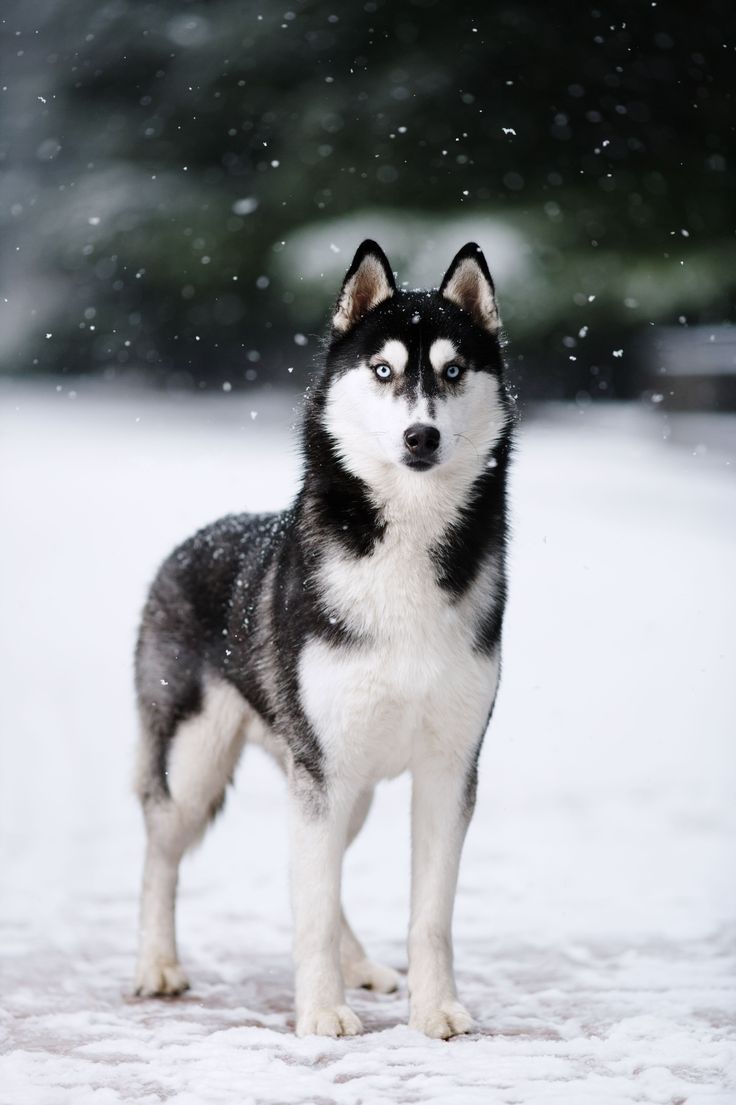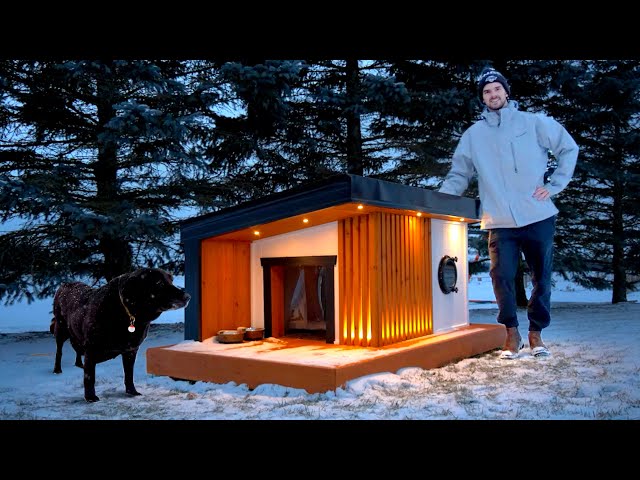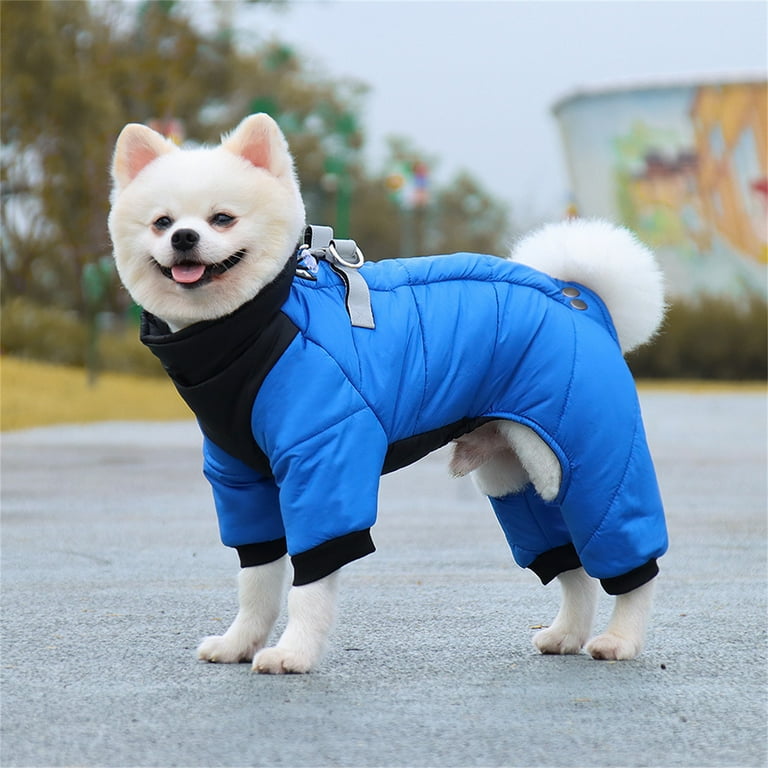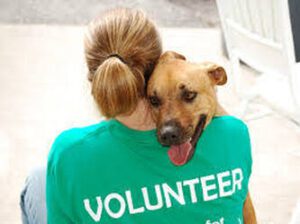Key Takeaways
-
Huskies need more than their thick coats to stay warm in winter – proper shelter and diet are crucial.
-
Malamutes thrive in cold weather but still require appropriate indoor comforts and care.
-
Insulated dog houses offer a warm refuge and should be tailored to your dog’s size and the climate.
-
Invest in cold-weather apparel like jackets and booties to protect your dog during winter walks.

“Most beautiful Husky dogs| facts of …” from www.pinterest.com and used with no modifications.
Winterizing Your Husky: Protection Against the Chill
As the snow starts to fall and the temperature drops, your Husky’s well-being becomes a priority. These majestic animals may seem invincible against the cold with their thick fur, but there’s more to winter care than meets the eye.
The Thick Coat Is Not Enough
It’s a common misconception that Huskies, with their dense fur, are impervious to cold weather. While their coat offers significant protection, they also need shelter from harsh conditions. A sturdy, insulated dog house is essential, especially if your Husky spends a lot of time outdoors. It should be large enough for them to move comfortably but small enough to retain their body heat.
Winter Exercise and Diet Adjustments
Exercise is still important in the winter, but you’ll want to adjust the intensity and duration to the temperature and your dog’s comfort. Also, their diet may need a tweak; Huskies burn more calories in the cold, so they might require more food or a diet higher in protein and fat to maintain their energy levels. For those with multiple pets, understanding how to introduce your rescue into multi-dog households can ensure all your furry friends stay healthy and active during the colder months.

“HEATED DOG HOUSE for Canadian Winters …” from www.youtube.com and used with no modifications.
The Perfect Insulated Dog House
When it comes to providing a warm shelter for your dog during winter, an insulated dog house is a game-changer. It’s not just any shelter, but a cozy haven that shields your furry friend from the biting cold. The insulation works by trapping air and creating a barrier between the inside and the outside temperatures, ensuring that your dog stays warm and toasty.
Essential Features of a Winter-Proof Kennel
To ensure maximum comfort and protection for your dog, look for these features in an insulated dog house:
-
Thick insulation: The walls, floor, and roof should all be insulated, preferably with materials like polystyrene or foam.
-
Weatherproof exterior: The outside should be designed to withstand snow, rain, and wind without leaking or falling apart.
-
Raised floor: To prevent cold from seeping in from the ground.
-
Door flap: A flap over the entrance will keep out drafts and increase the warmth inside.
Choosing the Right Size and Material
The size of the dog house should be just right – too small and your dog will be cramped, too large and it won’t retain heat effectively. As for materials, wood is a popular choice due to its natural insulation properties, but some modern plastics are also excellent at keeping the warmth in and the cold out.
Remember, the goal is to mimic the cozy environment of your home, where your dog feels safe and warm. A well-insulated dog house does just that, making winter a joy rather than a challenge for your pet.

“Dog Winter Coat Small Medium Large Dogs …” from www.walmart.com and used with no modifications.
Cold-Weather Wardrobe for Your Furry Friend
Just like humans, dogs can benefit from an extra layer when braving the cold outdoors. Your dog’s breed, age, and health will dictate the type of clothing they might need during winter walks. A Husky may enjoy the snow with minimal clothing, while a short-haired breed will appreciate a warm jacket.
When choosing winter wear for your dog, consider the following:
-
The garment should be easy to put on and take off.
-
It should fit snugly without restricting movement.
-
Water-resistant materials will help keep your dog dry and warm.
For example, a fleece-lined jacket with reflective strips not only keeps your dog warm but also visible during those shorter winter days.
Apparel Must-Haves for Winter Walks
Investing in the right apparel can make all the difference for winter walks. A well-fitted dog coat or sweater can help retain body heat. For particularly chilly days, consider layering with a waterproof outer shell to protect against snow and rain.
Protective Accessories for Paws and Ears
Don’t forget about paws and ears – they’re vulnerable to frostbite. Dog boots can protect paws from cold surfaces, salt, and deicing chemicals, while earmuffs can help keep those sensitive ears from getting too cold. Make sure any accessories are comfortable and that your dog is happy to wear them.
Remember, it’s not just about warmth; it’s about comfort and safety too. Keeping your dog protected from the elements allows them to enjoy the winter wonderland just as much as you do.

“Nalako Self Cleaning Combo Dog Brush …” from nalako.co and used with no modifications.
Specialized Brushes for Winter Coats
When the mercury dips, your dog’s coat becomes their personal heating system. This means more fluff and more maintenance. Choosing the right brush is essential for your dog’s winter coat care. Not only does it keep their fur looking pristine, but it also protects their skin and helps retain body heat.
Detangling Fur with the Right Tools
A good brushing routine starts with the right tools. For dogs with thick, double coats like Huskies and Malamutes, you’ll need a brush that can handle the density. An undercoat rake is designed to gently pull out dead hair without damaging the healthy topcoat. A slicker brush, with its fine wire bristles, is great for removing smaller tangles and smoothing the fur.
Remember, brushing is not just about detangling; it’s about distributing natural oils throughout the coat, which is crucial for maintaining the fur’s insulating properties. Regular brushing sessions also give you the chance to check for any skin issues that could be hidden under the thick winter coat.
So, while your dog might look ready to take on the Arctic, keep in mind that their coat is a complex system that needs regular care. With the right brush and technique, you can ensure your pet’s fur is not just beautiful, but functional too.
Preventing Matting and Maintaining Insulation
Matting isn’t just an aesthetic issue; it can be a health concern too. Mats can pull on the skin and make your dog uncomfortable. They can also trap moisture and dirt, leading to skin infections. To prevent matting, establish a regular brushing routine. It’s the best way to keep your dog’s coat airy and insulating. Think of it like fluffing a down comforter – you’re helping to keep their natural warmth in and the cold out.
Frequently Asked Questions
How Often Should I Groom My Husky During Winter?
During winter, aim to groom your Husky at least once a week. This will help manage shedding and prevent matting. If your Husky spends a lot of time outdoors and gets wet or dirty, you might need to increase the frequency to avoid tangles and maintain the insulating properties of their coat.
Can Malamutes Live Outside in Winter?
Malamutes are built for cold weather, but they still need protection from extreme conditions. A well-insulated dog house is essential if they’re spending extended periods outside. However, the best place for your Malamute during the coldest days of winter is indoors with the family.
What Type of Insulation Is Best for a Dog House?
Foam insulation is effective and commonly used in dog houses because it’s lightweight and has a high insulating value. Look for dog houses that offer insulation in the walls, roof, and floor for the best thermal protection.
Are Boots Necessary for Dogs in Snow?
Boots can protect your dog’s paws from cold and icy conditions, as well as from salt and chemical deicers that can be harmful if licked off. They’re not necessary for all dogs, but if you notice your dog lifting their paws, whining, or shivering during walks, it’s time to consider booties.
How Do I Know If My Dog Is Cold?
Signs that your dog is cold include shivering, hunching, lifting paws off the ground, or seeking shelter. If you notice any of these behaviors, it’s time to warm up your dog. This could mean heading inside, putting on their winter apparel, or providing a warm blanket.


